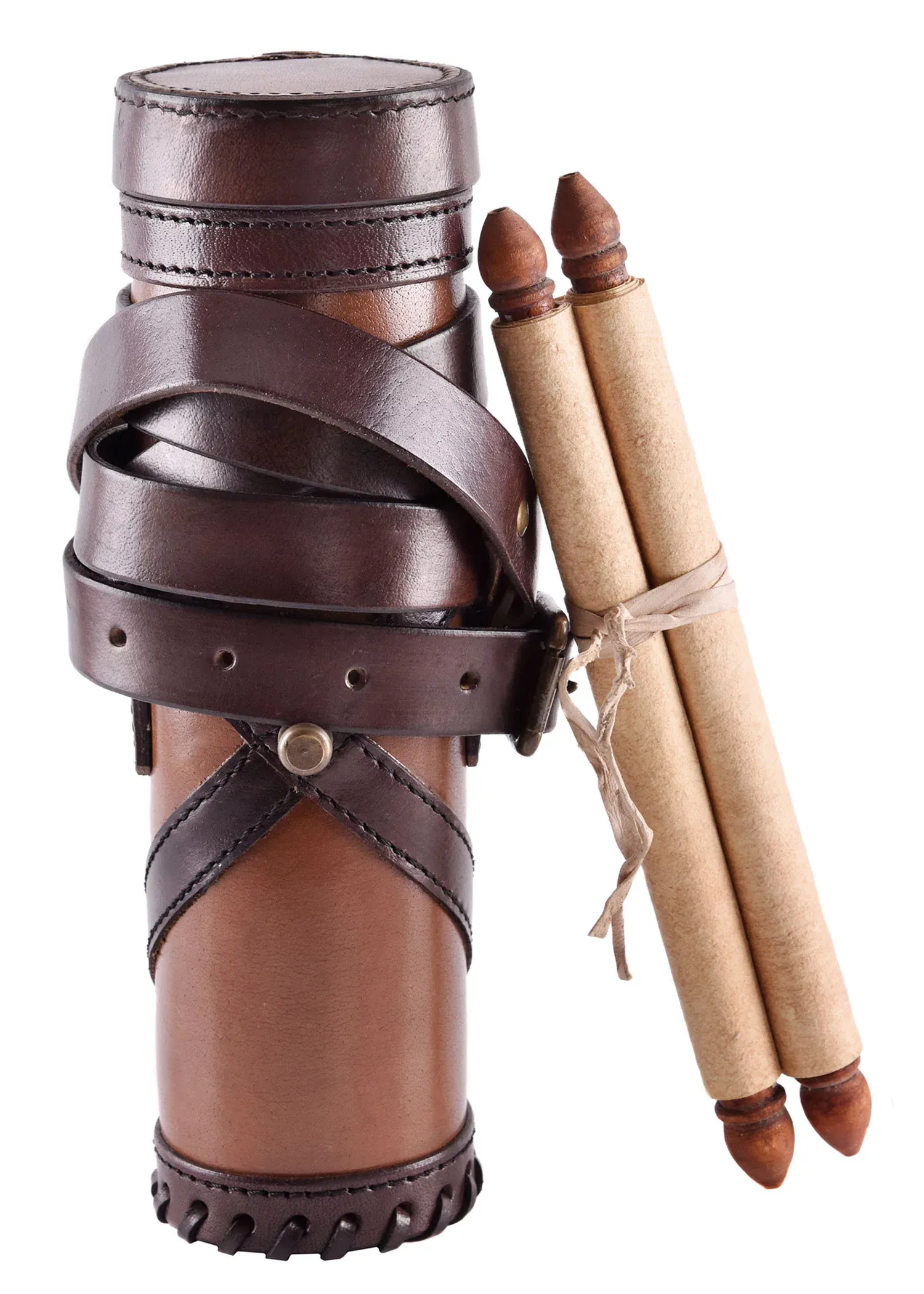What is a Capsa Romana?
The **Roman capsa** is a fascinating invention from antiquity that reflects the ingenuity of classical civilizations, specifically during the period of Ancient Rome. This archaeological piece, essentially a cylinder that served as a container, was designed to store and transport **papyrus or parchment rolls**, also known as *volumina*. In ancient times, when printed books were still a concept to be discovered, rolls played the role of repositories of knowledge and were fundamental for the preservation and accessibility of written information.
.webp)
Origin and Innovation
The original **capsae** have their roots in Ancient Greece, but their use quickly spread throughout the Greco-Roman world, solidifying in Roman society. These cylindrical structures became essential tools not only for scholars and officials but also for physicians and citizens handling important documents or items. The Greek term for these boxes is *kibotoi*, and when they were dedicated exclusively to document storage, they were known as *scrinium*.
Structure and Materials
The capsae were cylindrical baskets with a lid, commonly made from durable materials such as **wood or leather**. These containers effectively protected the internal content from damaging factors such as moisture or constant handling. Their design allowed them to be portable: they featured a **long strap** that facilitated carrying at the waist or slung over a shoulder, ideal for the constant travel or movement required by life during that time.

Purposes and Uses
The primary function of a capsa was to **preserve and protect the rolls** from environmental and handling deterioration, thereby ensuring their longevity. In addition to being popular in libraries, where they preserved that cultural treasure, capsae had specific uses. In medical contexts, the **capsarii** —assistants to Roman surgeons— used capsae to transport essential items such as bandages and tools. Also, some capsae played a role in funerary practices, containing the deceased's personal effects.
Cultural and Technical Legacy
Capsae represent a bridge in the evolution of document supports, preceding the codex, which is considered the direct ancestor of the modern book. The mechanics of protection and transport offered by the capsae laid the groundwork for future advancements in areas such as archival science and library science.
Curiosities
- The exterior could be labeled, facilitating the identification of the content without having to open it.
- It provided space not only for rolls but also for **wooden tablets or writing instruments**.
- The term **capsa** has evolved, relating to various specialized containers in modern times.
The Roman capsa, beyond its basic functionality, symbolizes humanity's commitment to **preserving knowledge** and the constant effort to improve access to information. It is a testament to how practical solutions from the past have helped shape the world of knowledge and written culture that we enjoy today.




























